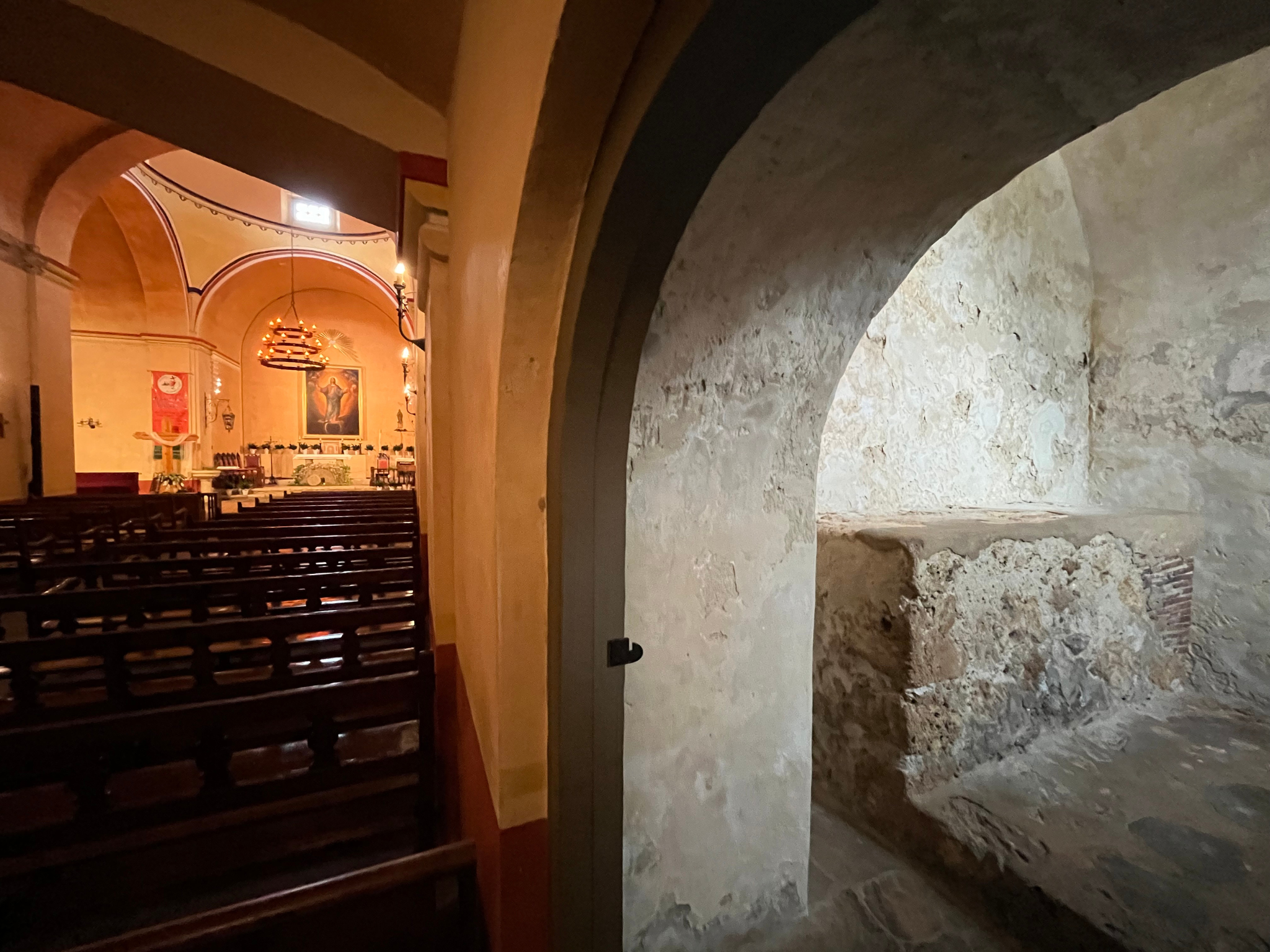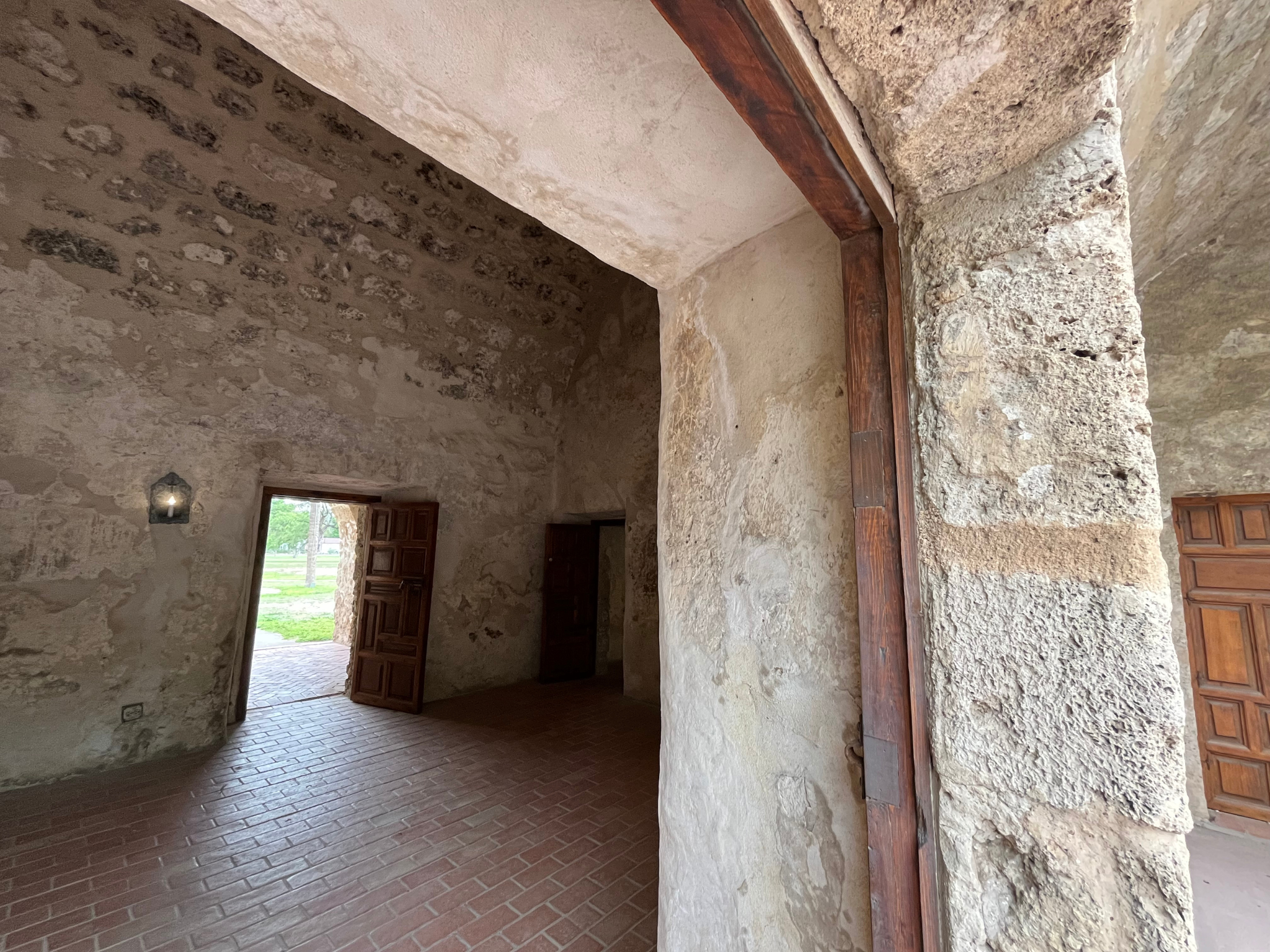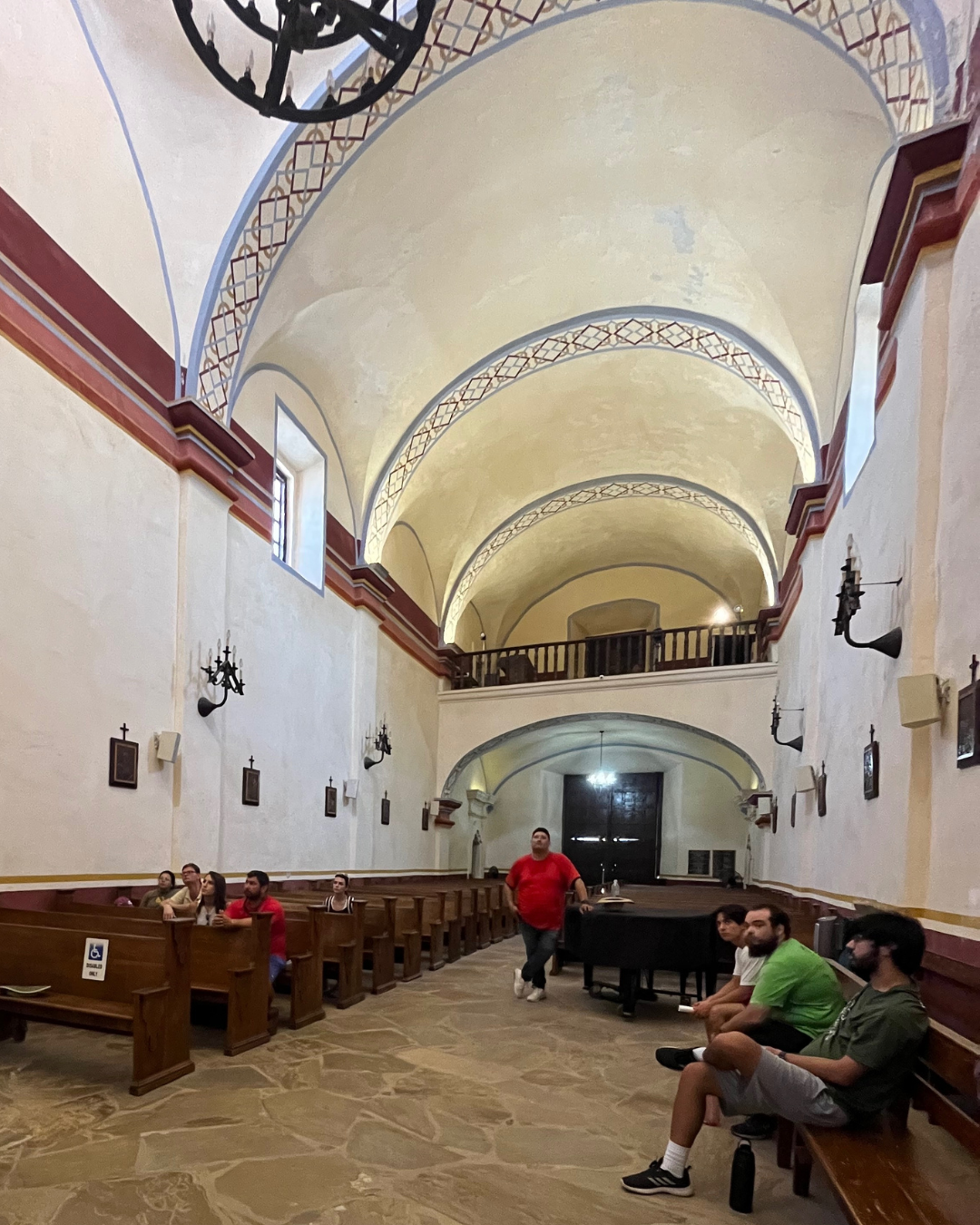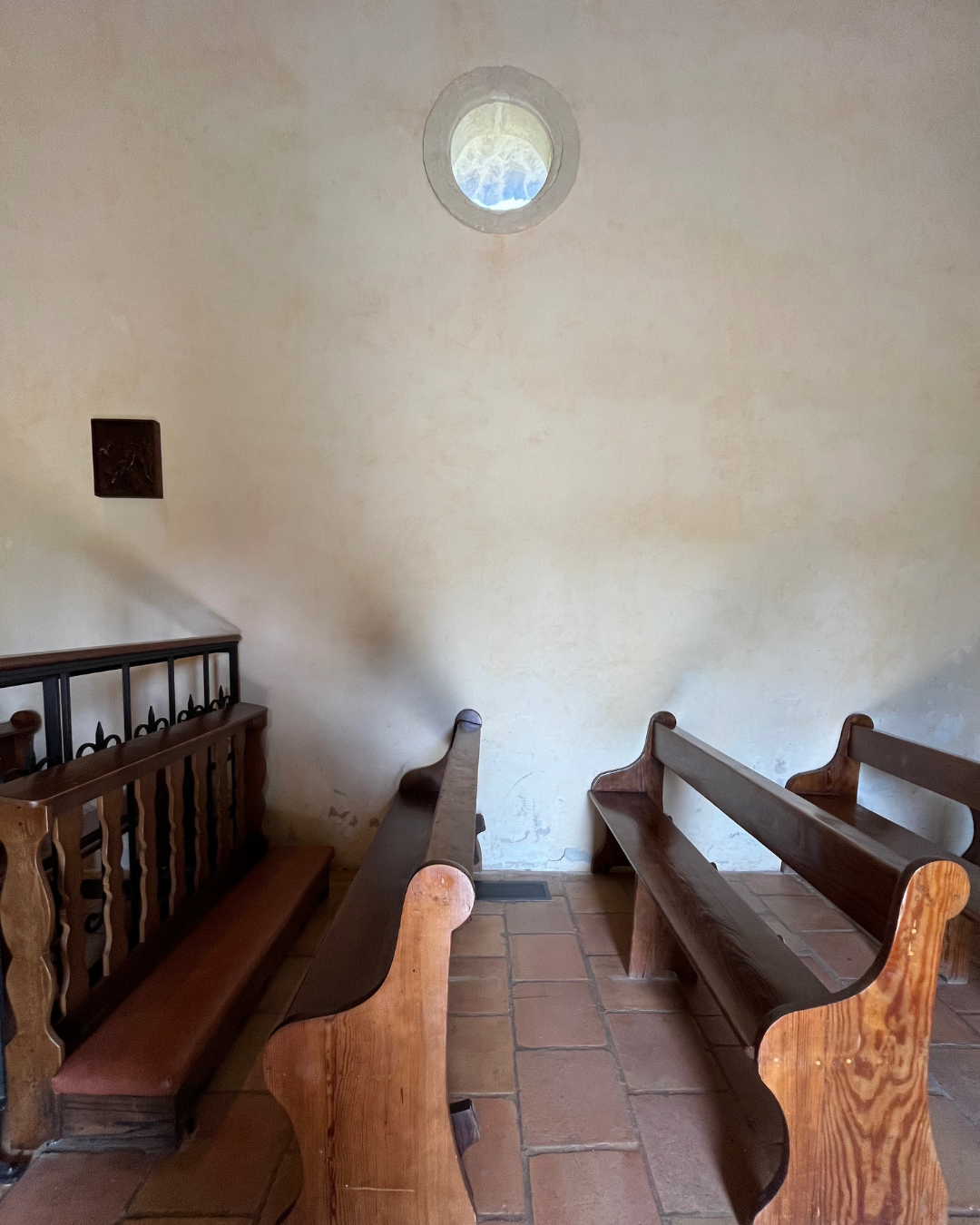Ancient Air Conditioning: How San Antonio Missions Beat the Heat Centuries Before AC
In the sweltering heat of 18th and 19th century New Spain, the San Antonio missions stood as remarkable examples of architectural ingenuity. Without the luxury of modern air conditioning, these missions employed a variety of strategies to keep cool, showing a deep understanding of the local climate. From thick stone walls made of porous limestone to soaring ceilings and strategically placed windows, the mission builders utilized every available resource to create comfortable living conditions. These techniques not only reflect the resourcefulness of the mission builders but also their innovative approach to environmental challenges, making the missions an example of historical architectural brilliance.
One of the key features of these missions was their thick stone walls. These walls, constructed from locally sourced porous limestone, had high thermal mass, allowing them to absorb heat during the day and release it slowly at night. This process helped stabilize indoor temperatures, preventing the interiors from becoming excessively hot. Additionally, the thickness of the limestone provided natural insulation, slowing down the transfer of heat from the outside to the inside. The porous nature of the tufa limestone also contributed to regulating indoor humidity levels, making the environment more comfortable in the hot and humid Texas climate. These walls functioned as natural insulators, absorbing heat during the day and releasing it slowly at night, thus maintaining a cooler indoor temperature. The soaring ceilings further contributed to this cooling effect by allowing hot air to rise, keeping the living spaces below more comfortable.


The design of the missions also included small windows, strategically placed high on the walls. This minimized direct sunlight and heat while still allowing for ventilation. Central courtyards were another common feature, providing shaded areas and cooler environments. Orientation played a crucial role in the cooling strategy. Buildings took advantage of prevailing winds, facilitating natural ventilation. Additionally, the use of vegetation around the missions provided shade and cooled the air through evapotranspiration.
However, as time progressed, the need for modern comfort standards led to the installation of air conditioning in San Antonio’s historic missions. For example, Mission Concepción began using air conditioning units several decades ago. While these units provided much-needed relief from the heat, they also introduced issues with condensation and humidity. This has led to the gradual degradation of the structure and its precious artwork.
Efforts to improve climate control while preserving the integrity of these historic buildings are ongoing. Researchers from the University of Texas at San Antonio have been working on innovative HVAC solutions to better manage indoor climate without damaging the missions.
Are you thinking about a pilgrimage along the El Camino de San Antonio Missions during the sweltering summer months? Sallie West, a lifelong parishioner of Notre Dame Catholic Church in the Texas Hill Country embarked on pilgrimage last summer:
“A pilgrimage in San Antonio? Outside? In August?” Initially, I put on a happy face and said, “Yes, I’d love to go,” while inside I lacked the enthusiasm. I arrived and put one foot in front of the other in hopes of at least keeping up with the rest of the group. I didn’t. Quickly, I fell behind, an ever-widening gap between me and the rest of my fellow travelers and that’s when the real pilgrimage began, there along the banks of the river and the pathway set before me, alone, in silence and solitude, just walking and paying attention. A stoic blue heron waterside; native Beauty Berry showing off its purple-red berries; an ancient pecan tree with bark that swirled and twisted around its massive footing. The sound of water moving over warm limestone rocks in the riverbed; greetings from strangers as they passed by; birdsong in the bushes. What does this all mean? For me, it’s that God is continually writing the next chapter, creating connections both within and around, showing me His participation and activity in all things. El Camino de San Antonio afforded me the opportunity to slow down, to pay attention and notice, not only what was going on around me, but also what was going on inside.”


If you’re heading out on pilgrimage this summer, start your journey early in the morning to avoid the midday heat. Driving between missions is another option to stay cool and hydrated. Additionally, wearing light clothing, staying hydrated, and taking breaks in shaded areas can help manage the heat.
The Spanish missions of San Antonio are not just historical landmarks; they are living examples of architectural brilliance and resilience. As we continue to preserve these treasures, we also adapt to modern needs, ensuring that their legacy endures for generations to come. Whether walking in the cool hours of the day or driving between missions, today’s pilgrims can find solace and inspiration in the beauty and history of these remarkable sites. May your pilgrimage be filled with unexpected discoveries and moments of reflection, both on foot and within the recesses of your heart.



